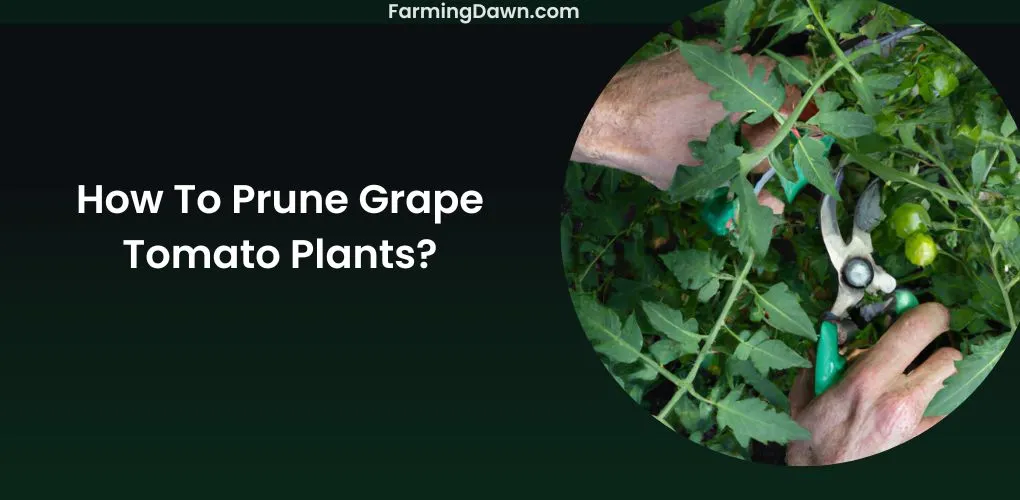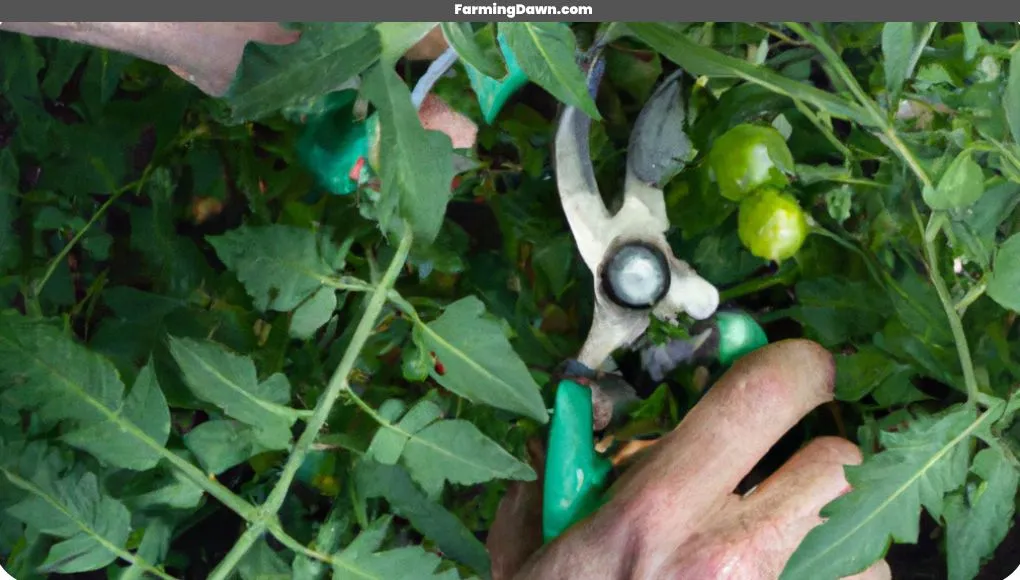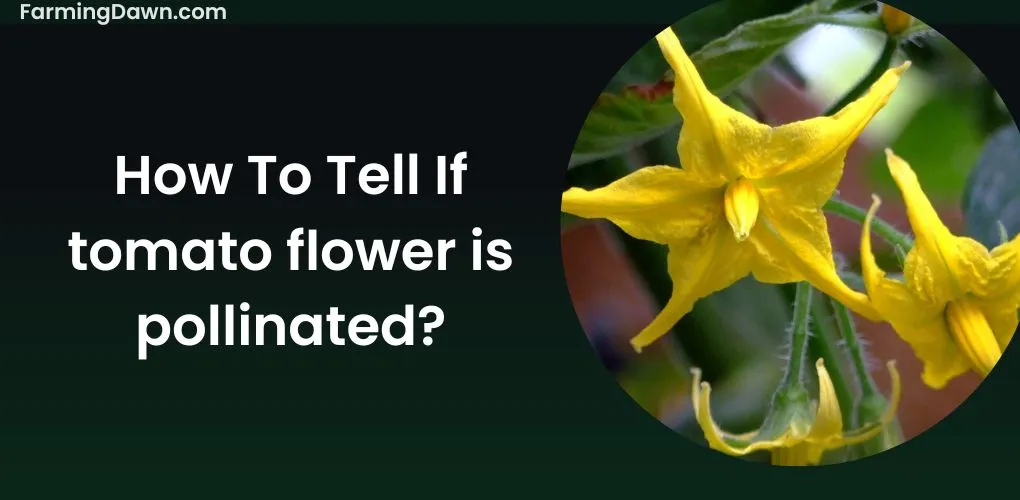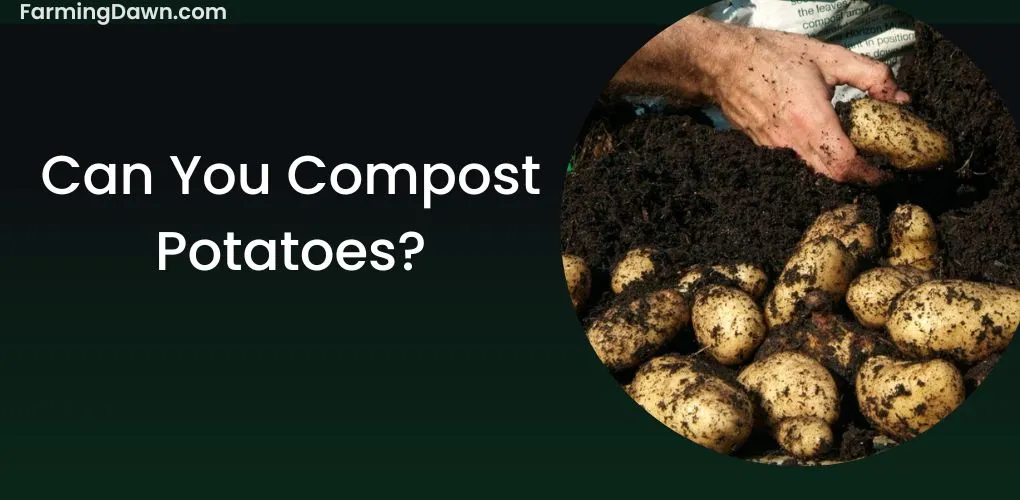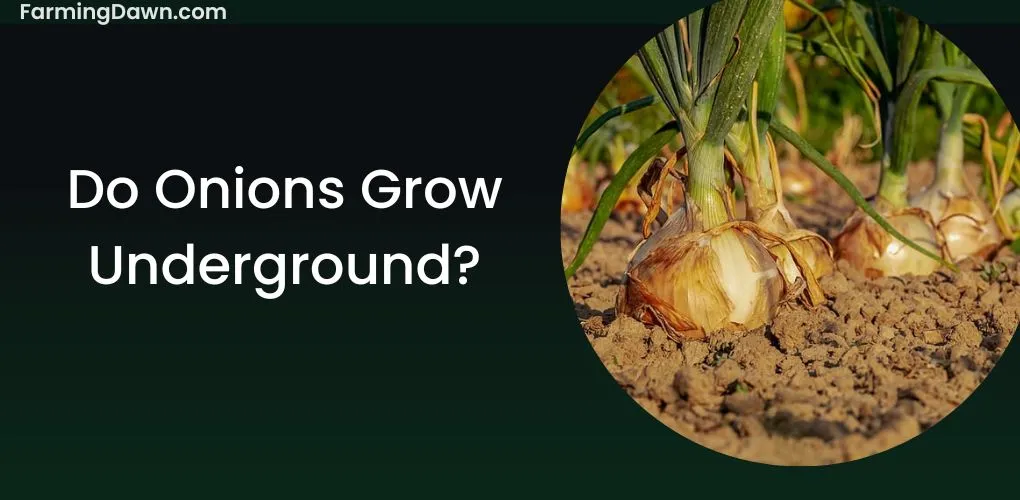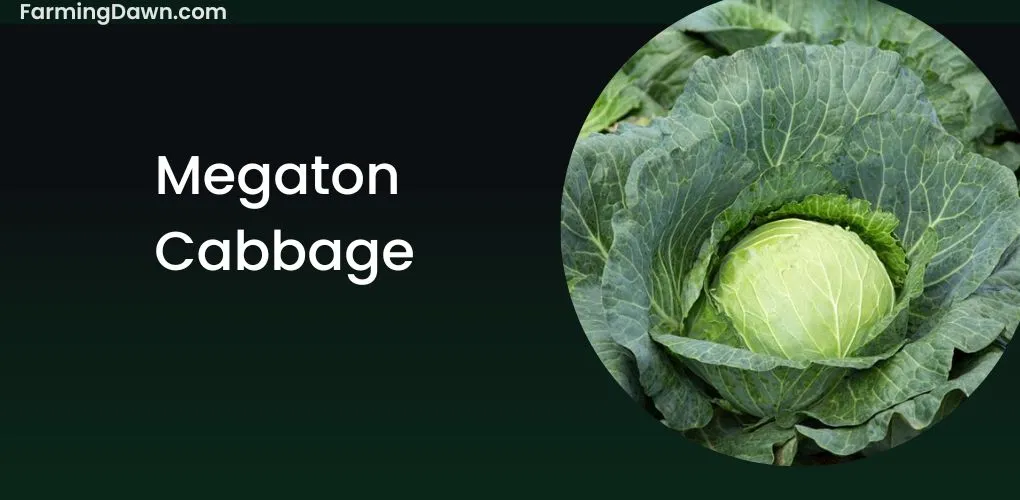Pruning is a great way to ensure your grape tomato plants remain healthy and flourish. But if you don’t know what you’re doing, it can be intimidating. The good news is pruning isn’t as complicated as it may seem! With the right tools and knowledge, anyone can enjoy the benefits of pruning their own grape tomatoes.
I’ll teach you how to prune grape tomato plants in a natural, sustainable manner that will promote optimal health and growth in your tomatoes. Let’s get started!
Gather the Necessary Tools
You need the right tools to get the job done, so let’s gather what we need:
- To make this process easier, you will need a pair of sharp scissors or bypass pruners.
- Choose biodynamic garden shears if possible, as these are designed with sustainable and organic gardening practices in mind.
- Having a trowel or hand shovel on hand can also be useful when dealing with soil around your plants.
Collecting these tools before starting will help ensure that you have everything you need to keep your tomato plants healthy and productive.
The most important tool needed for pruning grape tomatoes is knowledge. While some other vegetables require more frequent pruning, tomatoes only need to be trimmed periodically throughout the season.
Familiarize yourself with correct pruning techniques prior to beginning any work on your plants. Understanding when and how much to trim can save time and energy while still producing robust crops of juicy fruit come harvest time!
Not only that, but it can also increase the overall health of your garden by promoting air circulation and allowing light into all areas of your plants. Educating yourself on proper pruning techniques is key to successful results!
See more: How to prune growing tomato plants? when they’re in the growing stage.
Remove Dead, Damaged, or Diseased Stems
Regularly inspecting your vines and removing any unhealthy stems will ensure a healthy, thriving garden. It can be especially important when dealing with diseased vines, which should be pruned as soon as possible in order to prevent the spread of disease throughout the garden.
When examining your vines for dead or damaged stems, look closely at each stem and remove any that appear shriveled or discolored. And if you find any stems that are affected by fungus or blight, trim them back at least six inches from the affected area in order to stop the spread of infection.
And at the end, make sure to sanitize your pruning tools between cuts to avoid cross-contamination between plants.
See more: How To Prune Heirloom Tomato Plants?
Cut Back Overly Long or Crowded Vines
After removing the dead, damaged, and diseased stems it’s time to regularly trim back overly long or crowded vines. Can you spot any stems that need a bit of extra attention? Doing so will help ensure your garden remains healthy and productive!
Pruning grape tomato plants is a great way to maintain the health of your garden by encouraging strong growth and better fruit production. To do this, follow the steps given below:
- Use pruning shears to cut away any excess vines that are growing too close together or too long for the space available.
- When pruning, try to make clean cuts at an angle just above a leaf node or bud since new shoots tend to sprout from these areas.
- Always be sure to dispose of any dead or diseased vines into an organic compost pile – this helps keep your garden free from pests and diseases.
All these steps help promote air circulation throughout the plant, prevent disease spread, and maximize yields. It also allows more sunlight to reach all parts of the plant for optimal fruit ripening.
Learn more: How To Prune Hydroponic Tomato Plants?
Disinfect Pruning Tools Between Cuts
After each cut, make sure to disinfect your pruning tools to help protect your garden from potential pests and diseases.
By using organic, sustainable methods such as vinegar or a mix of rubbing alcohol and water you can ensure that you are doing your part in keeping your grape tomato plants healthy.
In addition to disinfecting the pruning tools, it is important that you take steps to be mindful of the environment while gardening. Using biodynamic methods such as composting can reduce waste and help replenish nutrients back into the soil for future growth cycles.
Gardening with organic, sustainable practices not only supports a healthier environment but also provides an opportunity for connection within communities that share similar values around food production and consumption.
Prune at the Right Time of Year
Pruning at the right time of year is essential for keeping your garden flourishing, so don’t forget to stay mindful of the seasonal changes! As the seasons change, the best time to prune grape tomato plants is when they become dormant.
Pruning during the dormancy stage helps ensure that the tomato plants will grow in a healthy and vibrant manner. it also helps reduce stress on your grape tomato plants by removing overgrown branches and allowing more air circulation. It also encourages new growth which can provide you with more tomatoes throughout the season.
See more: How To Prune Indoor Tomato Plants?
How To Prune Grape Tomato Plants? Takeaway
I hope that this article gave you a good insight into how to prune grape tomato plants. Pruning grape tomato plants has been a rewarding experience for me, and I’m sure you will also enjoy the process.
Pruning is an art form that takes patience and precision, but it’s well worth it in the end – just like anything else worth doing. As I look at my newly pruned vines, I’m reminded of a quote by Gertrude Jekyll who said:
“A garden is a grand teacher. It teaches patience and careful watchfulness; it teaches industry and thrift; above all, it teaches entire trust.”
The same can be said for organic gardening practices like these. By taking these steps to ensure healthier plants through sustainable, biodynamic methods, we can reap the rewards of our labor with every harvest!
Pruning tomato plants is just the first step also learn about the care for tomato plants after pruning on my other posts:

